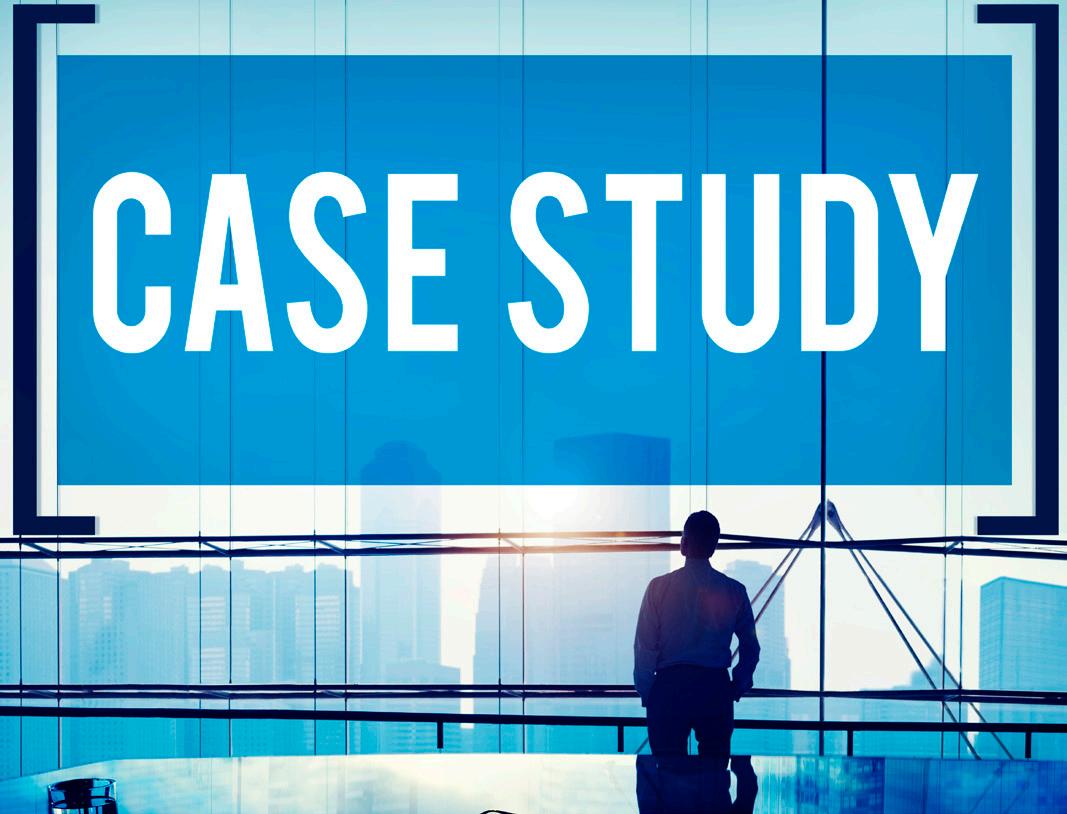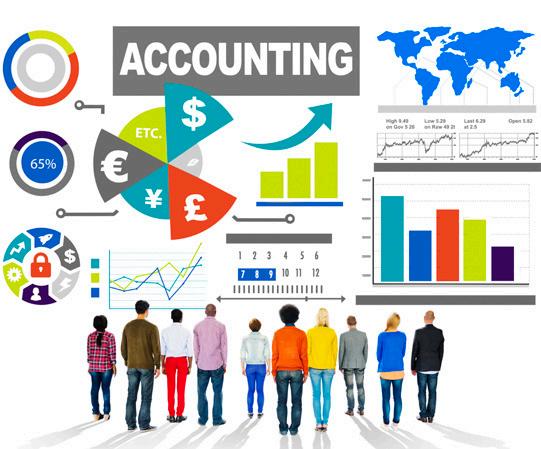
5 minute read
Switching The Tax Evidence
SWITCHING THE TAX EVIDENCE BASE MEANS MORE DATA INTELLIGENCE THAN EVER
As more tax regimes explore the case for digitisation, there is a growing shift in where the power of evidence is kept between the taxman and businesses. Taken at face value, this is a fundamental shift in tax record-keeping and evidence and takes a huge burden off the average business. But, in actual fact, their results need to be more iron-clad than ever.
Advertisement
In the likes of Chile and other countries in Latin America, where continuous transaction controls (CTCs) have been in place for decades and reporting happens in real-time, rather than periodically, the shift has already occurred. European countries that have more recent CTC regimes, such as Italy and Greece, are slated to follow suit very soon. This means that the government builds, piece-by-piece, a company’s tax return through your authenticated data that it now possesses and can process without any dependency on the taxpayer. In theory, this is great for the taxpayer, 62 with periodic tax returns now becoming a thing of the past.


But no system is perfect, especially when data from suppliers and customers needs to be relied on for accurate tax information. The dynamic nature of business is reflected in taxpayers’ systems, which are ever-changing and notoriously complex. If data is wrongly submitted to the tax authorities, or a piece of information is interpreted differently by them when calculating a company’s indirect tax position, then companies need to be able to challenge what has been calculated from CTC regimes. In other words, fortifying your evidence base and ensuring strong reconciliation capabilities will become critical business priorities.
Reporting revolution
to reap back lost revenue from incorrect tax returns with technology; an opportunity many governments have seized over the last twenty years or so. A growing number of tax authorities have rolled out legislation intended to gain greater control over companies’ indirect tax processes, positioning the point of audit or review closer to sales and purchase transactions, with the aim of reducing fraud and closing national VAT gaps. As a result digital CTCs, such as mandatory electronic invoicing and real-time reporting, have been rolled out to streamline previously clumsy returns processes.
How far specific governments enforce these controls on businesses is subject to political inclination, but a great success story is undoubtedly Latin America. The oldest and most popular model, countries in this region were among the first to roll out digital controls to supplement and eventually replace VAT returns. Leaders
devised regulations to make the use of electronic invoicing mandatory in many countries throughout the region. When these tax administrations discovered just how easily modern technology could drive radical improvement in the enforcement of indirect tax law, the CTC model became the preferred option. Unsurprising, considering the enormous benefits it brings to tax administrations.
Europe’s journey to digital
Europe has had many legislative hurdles to clear before reaching its current state of transformation. In recent years we have seen tentative steps towards CTCs in countries such as Poland, Hungary, iterations of real-time reporting in Spain and most notably Italy, where an e-invoice clearance model has been successfully deployed. In addition to tightening fiscal controls, his gives governments visibility over broader economic health of their countries which cannot be underestimated, especially during times of crisis.
Data intelligence is the key to solving economic pain-points, which differ from country to country. With VAT data, governments are able to achieve a much more detailed understanding of the health of their specific economies. CTCs put tax administrations in a position of greater strength, enabling them to collect high-quality transaction data in real-time instead of depending on a taxpayer’s periodic reports – and then having to audit them onsite to review transaction evidence. Needless to say, manual submissions are often rife with inaccuracies and human error. By rolling out digital controls and applying legislation to encourage their adoption, governments in countries like Italy are reaping the rewards of a real-time understanding of business activity.


The vast improvement in revenue collection and economic transparency since the introduction of CTCs has inspired global tax authorities to review their current operations and consider the benefits of digitising their tax controls. The only way to implement them, though, is with clean and organised data, which can be difficult to manage without the right tools. On a business level, this means strengthening current levels of data accuracy and completeness, as well as keeping strong digital records of activity is now essential to comply with the ever-changing complex regulation landscape.

Strategic automation
In practice, implementing such a monumental digital shift is no mean feat for all organisations involved in the change. Teething problems around compliance and reporting have inevitably arisen over recent years, as tax authorities can either gently roll out mandates to ease organisations into the schemes or – which is more common – go for a more assertive approach, depending on politics.
For real change to happen, there must be open dialogue between governments, businesses and their suppliers. The diverse regulation patchwork means businesses must ensure they are using automated systems that keep accurate note of invoice submissions’ specific formats, for example, to avoid transactions and supply chains getting stuck because CTC systems won’t approve their onward processing. Further, keeping an organised and clean digital archive is the only way to safeguard against compliance inquiries and disputes, so it makes sense to work with a system that allows for strong digital evidence. The journey from the slow-moving process of VAT compliance based on periodic reporting to the intrusive and fast-moving transactional world of CTCs is fraught with obstacles. Automating your current VAT compliance function is an important first step to mitigate the risks of this journey. Automation helps you create better controls and gives you a more accurate understanding from the ground-up of where your data falls short of meeting granular invoicing requirements. Finally, by selecting a vendor that understands the fundamental differences between the old and the new world of VAT compliance, you can avoid the pitfalls of treating advanced digital reporting as similar to mandatory electronic invoicing – these are two very different business processes that require different technology considerations.
Firms are in a position to use technology to organise data to their advantage and turn manual administrative labour into powerful insight tools. Used wisely, digital recordkeeping and reporting can be the driver for real strategic success – a business priority as we move into economic recovery.










